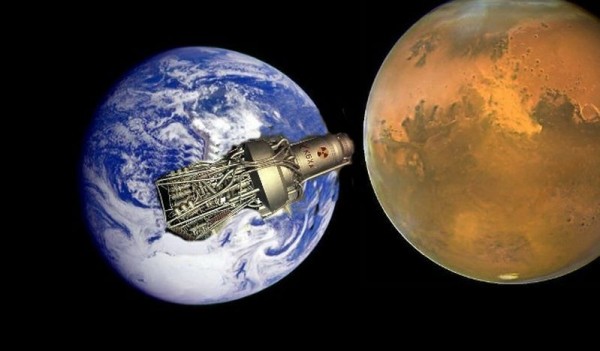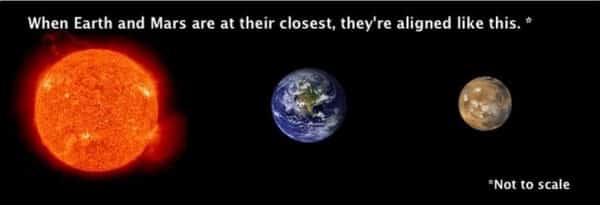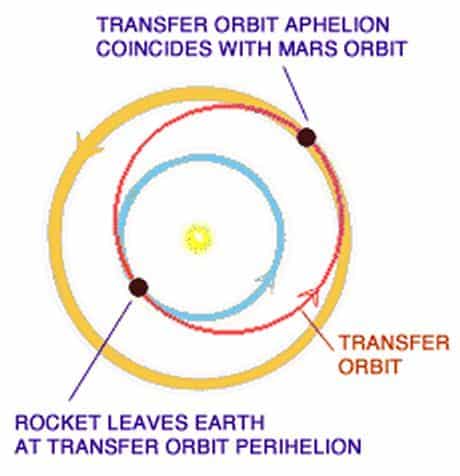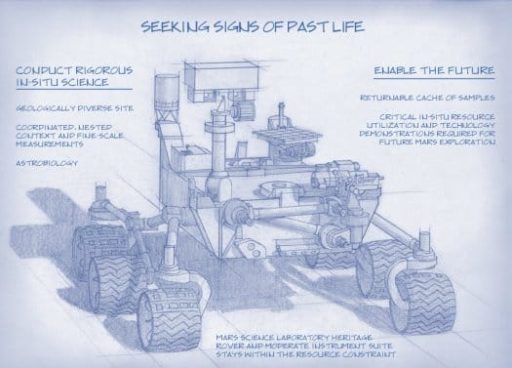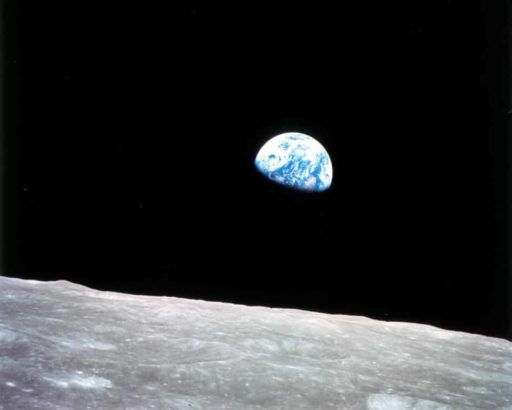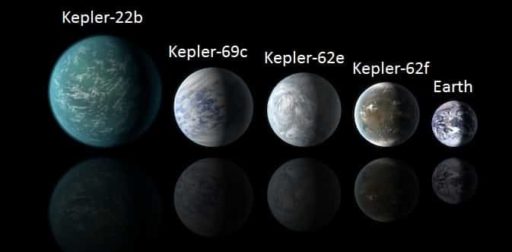In every two years or so, red planet Mars and Earth reach their closest point, called “Opposition“, when Mars can be as close as 55,000,000 km from Earth. And every two years, space agencies take advantage of this orbital alignment to send spacecraft to the red planet. It usually takes 260 days or around 9 months (10-15 days more or less) to reach the red planet Mars from Earth (based on rocket’s velocity). Mars rover Curiosity which is now wandering on Mars took a few more days than 8 months to reach Mars. But still, 8 months is long time. In order to reduce travel time, the development of rocket’s engines is a must. Scientists have already engaged themselves to develop rocket’s engines. Researchers at University of Huntsville in Alabama are also trying to find out a way to diminish the travel time. The good news is they have found “Dilithium Crystals” which they think could cut the travel time to Mars down to as little as six weeks. In other words, it’ll take around six weeks to reach Mars from Earth. Get more unknown news inside.
Before going into the depth of this article, I’d like to represent you some “facts“. Don’t even think about that the facts are “worthless”. OK? So, here I go.
Distance Between Mars And Earth
Earth is the third planet from the sun, and Mars is the fourth. Both Earth and Mars are following elliptical orbits around the Sun, like two cars travelling at different speeds on two different racetracks. It means the distance between Mars and Earth is changing from minute to minute. Earth’s orbit around the sun is smaller than Mars’ orbit. Sometimes the two planets come very close when they are at the same side of the Sun, sometimes they go far from each other when they both stand opposite sides of the Sun. The closest point to the Sun is called Perihelion, and the furthest point from the Sun known as Aphelion. When Earth and Mars reach their closest point, that is known as Opposition. However, in every two years (approximately), Mars and Earth come to their closest point “Opposition”. At that time, their in between distance comes around 55,000,000 (54.6 million) kilometers. The average distance between Mars and Earth is about 225 million kilometers. On the other side, the farthest distance between the two planets can be about 401 million kilometers (249 million miles).
How Long Does It Take To Get To Mars?
Spacecraft don’t launch directly at Mars. Instead, spacecraft launch towards that point where Mars is going to be in the future. Spacecrafts start at Earth’s orbit, and then raise their orbit until they intersect the orbit of Mars; right when Mars is at that point. The spacecraft can then land on Mars or go into orbit around it. This journey takes about 250 days. To be more specific, the total journey time from Earth to Mars takes between 150-300 days depending on the speed of the launch, the alignment of Earth and Mars, and the length of the journey the spacecraft takes to reach its target. The important fact is it really depends on how much fuel you’re willing to burn to get there. The more fuel you burn, the more shorter travel time becomes.
OK. Now I am coming to the point of my writing. Spacecraft takes around 250 days to reach at Mars. It’s is a long time. Latest Mars rover Curiosity took around 8 and half months to reach on Mars. However, the travel time duration can be reduced in two ways. One, consuming huge amounts of fuel, which is not possible and the other is developing rocket’s engines. Researchers at University of Huntsville in Alabama through developing rocket’s engines are trying to enhance the speed of a rocket without consuming excessive fuel.
Researchers have found a form of fusion fuel “Dilithium Crystals”. It consists of “a few tons” of Deuterium (a heavy isotope of Hydrogen) and Lithium-6 (a stable molecule of Lithium) in a crystalline structure. The crystals are a rare substance. When the Deuterium and the Lithium-6 are forced together under high pressure, they undergo a fusion reaction. Researchers are trying to turn the fusion reaction into a net producer of energy. The researchers have done a lot of experiments on this fusion reaction and they have found that developments in this field may lead the rockets go faster without consuming any extra fuel. However, this rocket engine is currently being developed at the University of Hunstville, in collaboration with with Boeing, NASA and the Oak Ridge National Laboratory. According to the researchers, using Dilithium Crystals a rocket will have more than twice speed compared to the best current technology and thus will be able to reach Mars in three months.
To know more about the technology, you can head over to Arstechnica
Source : Arstechnica
Special Thanks To : Universe Today, Wikipedia
[ttjad keyword=”security”]

